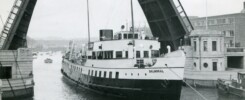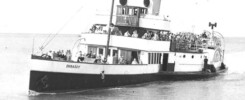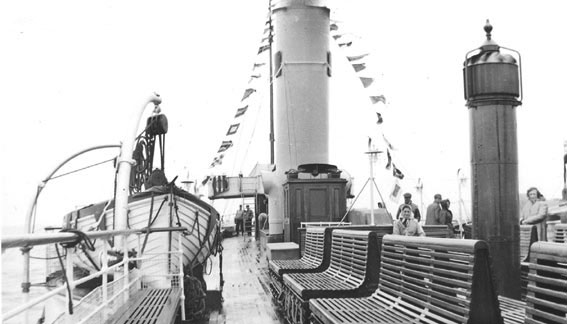
Exactly fifty years ago, September 1963 was a bittersweet month for UK paddle steamer lovers. On the one hand, the Medway Queen (pictured above) was withdrawn, making her last sailing under her own steam down the Medway from Strood, across to Southend and along the Kent Coast to Herne Bay on 8th September. Not good news.
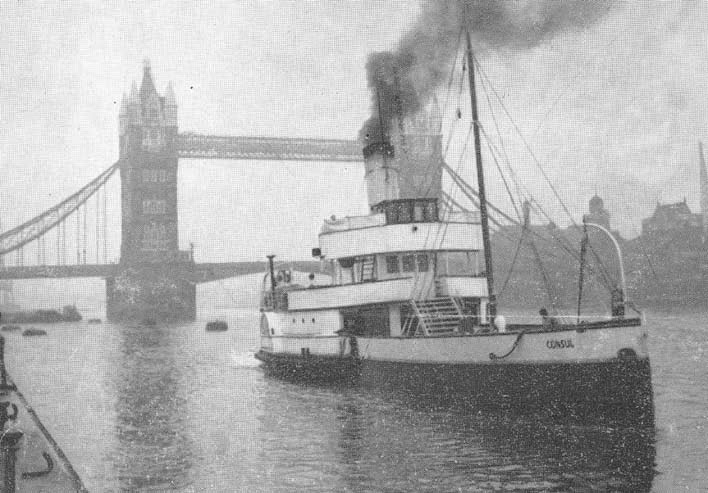
On the other, 1963 had seen the Consul (pictured above), similarly withdrawn one year earlier, rise Phoenix like in the hands of paddle steamer enthusiasts led by Tony McGinnity and Eileen Pritchard, key stalwarts from the Wessex Branch of the Paddle Steamer Preservation Society, to revive paddle steamer sailings from Brighton, Eastbourne and Hastings and, at the end of the season, turn up on the Thames one week after the Medway Queen’s withdrawal for a charter to another PSPS enthusiast, London based businessman Don Rose. He proposed a series of sailings which were the precursor of what, years later, would become Waverley’s annual visit to the Thames. Things might not have been going so well for paddle steamers then but surely they were looking up now. This was very good news indeed.
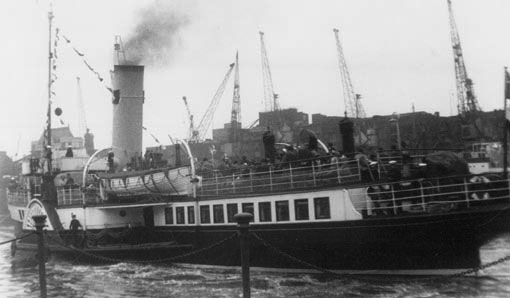
Don Rose had already put his money where his mouth was in earlier years by chartering the Medway Queen (pictured above) for occasional, and most unusual for her, trips from Tower Pier. So, it was a natural progression that after he had been down to Sussex one day during August for a trip as a passenger on the Consul, he should have hatched a plan with Tony McGinnity to bring her round to the Thames for a week’s “frolic” as one local paper billed it and show that, although the Medway Queen had been withdrawn, paddle wheel beats on the Thames could be revived after all.
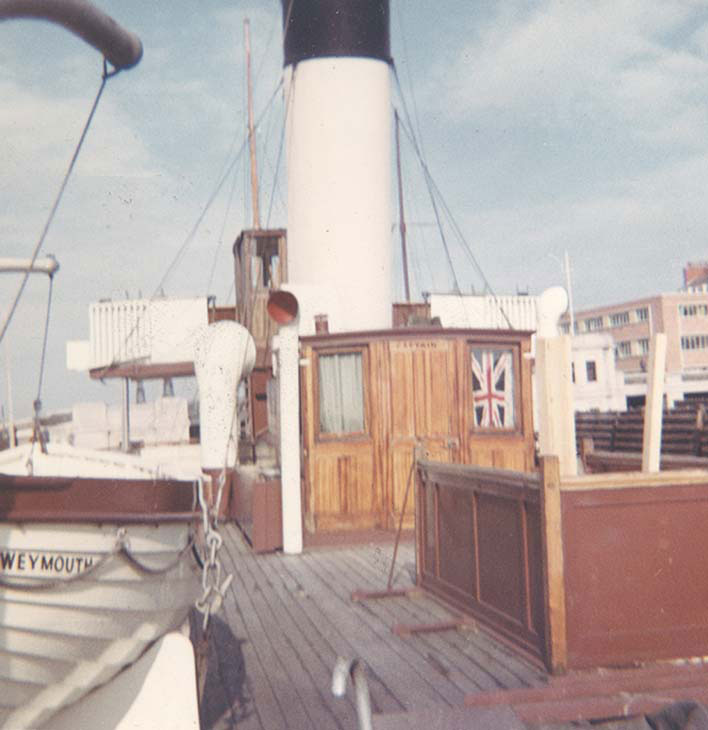
In an attempt to make her look more “with it” and attract a new and younger clientele, Consul’s new owners gave her a distinctive and controversial colour scheme in 1963. So it was with a…
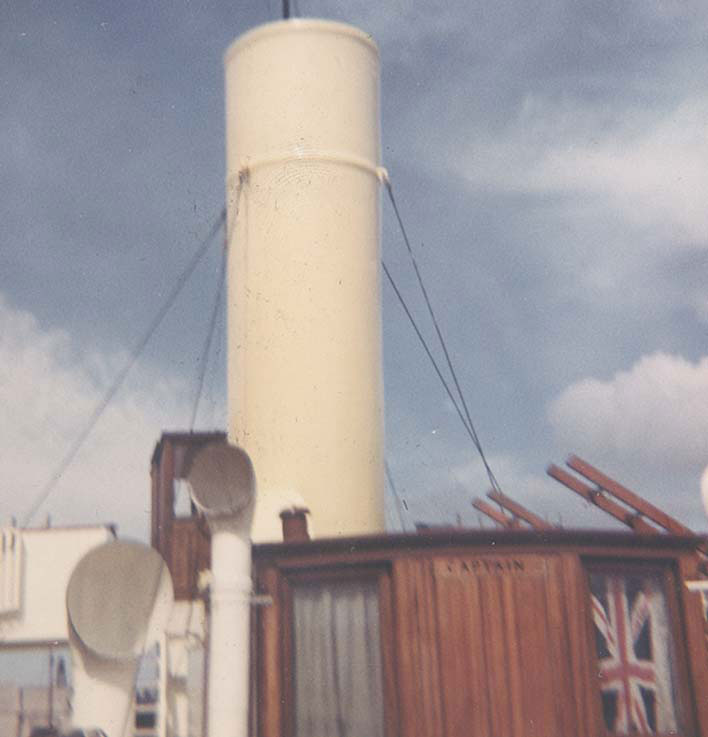
…primrose funnel with no black top…
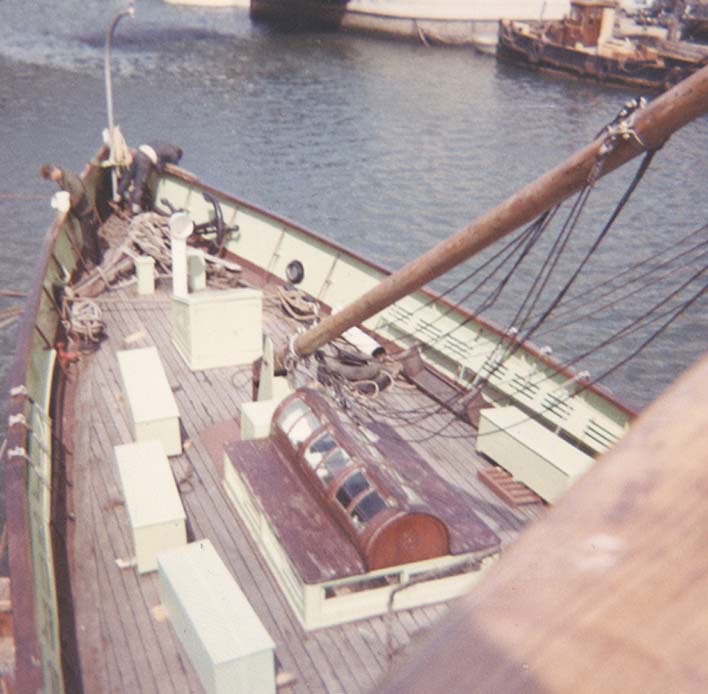
…a bottle green hull and bulwarks plus much else on deck painted in a pastel shade of green, sometimes referred to as Eau de Nil, that the Consul arrived at Greenwich on Saturday 14th September in readiness for a private charter from there to Southend the following day.
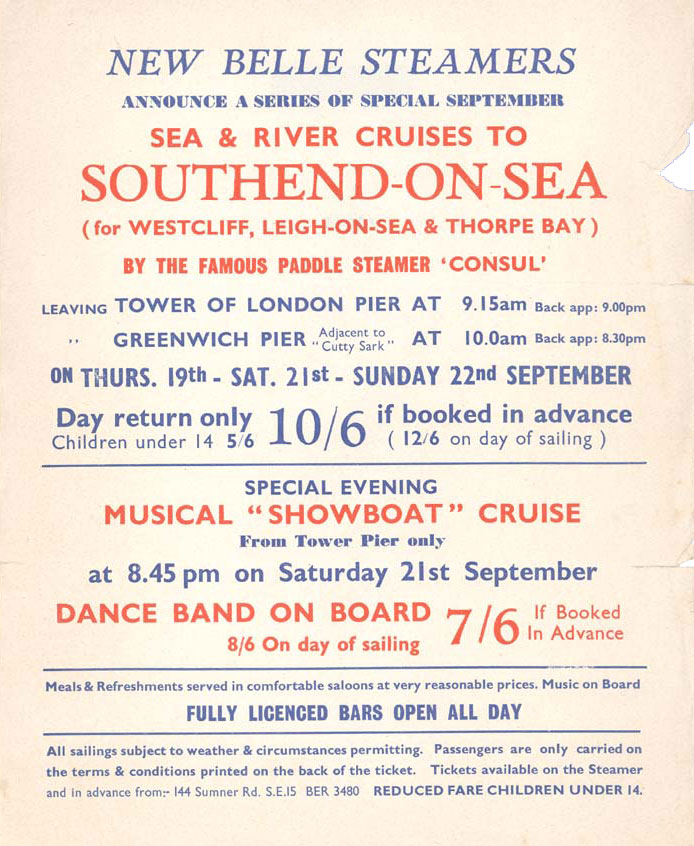
The main Thames schedule was due to be launched on Tuesday 17th with a trip from Gravesend to Southend and Herne Bay but fog put a stop to that. On Wednesday 18th the fog had lifted and Consul made her first Thames public trip sailing as planned from Gravesend to Southend with a “Delightful Afternoon Cruise” advertised to “View the River Medway, Kentish Coast & Isles of Grain and Sheppey”. On Thursday 19th she was rostered to leave Tower Pier for Greenwich, Southend and “Afternoon Sea Cruise to see the Essex Coast passing Shoeburyness, Foulness & the Maplin Sands” although, in the event, she sailed only from and back to Greenwich rather than Tower Pier. On Friday 20th she ran from Gravesend to Southend and Herne Bay but the day trip on the following day from Tower Pier to Greenwich, Southend and “Afternoon Sea Cruise” was cancelled, allegedly for mechanical reasons. The well booked evening “Showboat” cruise from Tower Pier that evening did run. Her last day was Sunday 22nd when she duplicated what she should have done the previous day arriving back in London around two hours late.
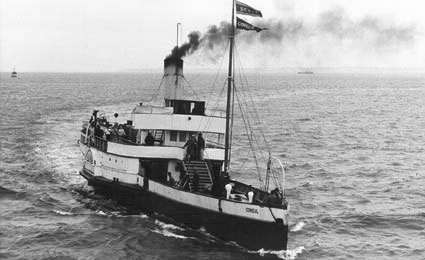
Overall the results of this week’s “frolic” were mixed. It was a real joy for enthusiasts to see and sail on the lovely little Consul, which had spent much of her career sailing along the Dorset and Devon coasts, on the Thames where she had been built by R & H Green of Blackwall way back in 1896. But there were operational, logistical and financial problems with this charter.
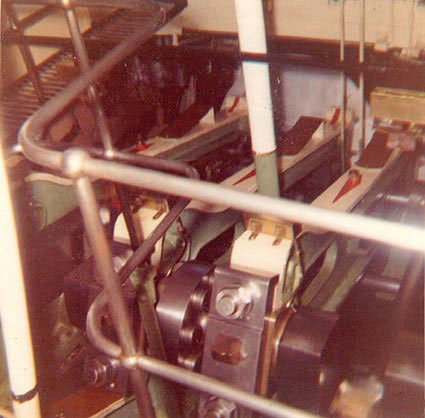
The Consul was never a fast paddle steamer and struggled mightily against the strong Thames tides running late pretty much every day. Her master, Capt Harry Defrates, was an experienced paddle steamer captain having previously commanded the Victoria, Embassy, Monarch, Princess Elizabeth and the Consul herself, but his crew were a mixed bag and his engineers out of their depth. Wrong way engine movements were regular and slow responses to the telegraph normal leaving the Consul landing heavily alongside pier after pier and manoeuvres not working out as planned. On 21st September she sailed through Tower Bridge sideways a feat fortunately managed by her length of only 175ft giving about twelve feet clearance at either end. Later she drifted into a line of barges. With inadequate attention to the firing she was regularly chased by a Port of London Authority launch instructing her to “make less smoke”.
In the end Capt Defrates became so fed up that he told “the Governor”, as he always referred to Mr McGinnity, that he didn’t think that the ship and crew were up to the voyage back to winter lay-up in Weymouth and that she should be towed back home instead.
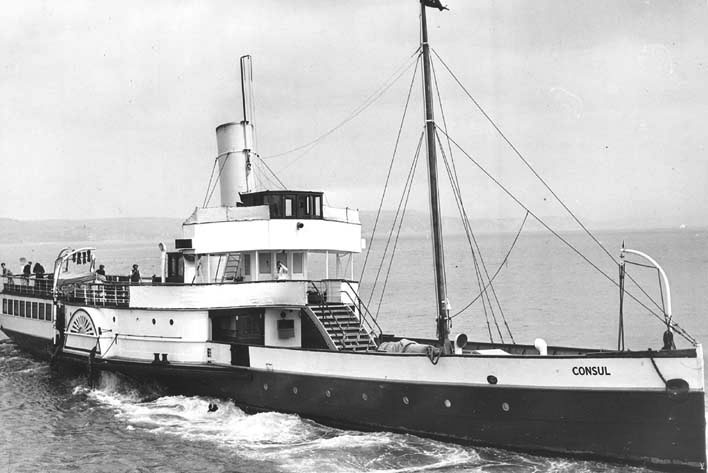
However there wasn’t the money for that. It had been a truly dreadful season for the company financially with massive unexpected expenses in refitting the ship coupled with delays in starting on the Sussex Coast after which weather and mechanical problems led to cancellations with money haemorrhaging out and little coming in. And where the Thames charter had been thought to be sent from Heaven to put some cash back in the kitty, the pilotage charges turned out to be much higher than anticipated wiping out any profit.
The Consul lay on buoys off Deptford until October 7th when Capt Cyril Holleyoak and Arthur Drage, who had been master and mate of the Princess Elizabeth at Weymouth that season, came up to steam her home.
As if to prove Capt Defrates’s point, the Consul caught fire on the way back and had to put into Dover. Fortunately Tony McGinnity persuaded former engineer Bob Wills to come up from Weymouth to take over in the engine room and, in the end, he got her home despite the fact that her induced draught fan engine was damaged beyond repair in the fire. Bob said that he had steamed the Consul with natural draught through the boiler before the War when she was coal-fired so why shouldn’t he do it again now with the oil-fired arrangement. And he did. Bob was something of a genius with paddle steamer machinery.
Consul arrived back in Weymouth for the winter on October 10th with sighs of relief all round. It had been a difficult summer. Much money had disappeared down the drain. And September 1963 had turned out to be a bittersweet month for UK paddle steamer lovers.
Kingswear Castle returned to service in 2023 after the first part of a major rebuild which is designed to set her up for the next 25 years running on the River Dart. The Paddle Steamer Kingswear Castle Trust is now fund raising for the second phase of the rebuild. You can read more about the rebuilds and how you can help if you can here.
John Megoran

